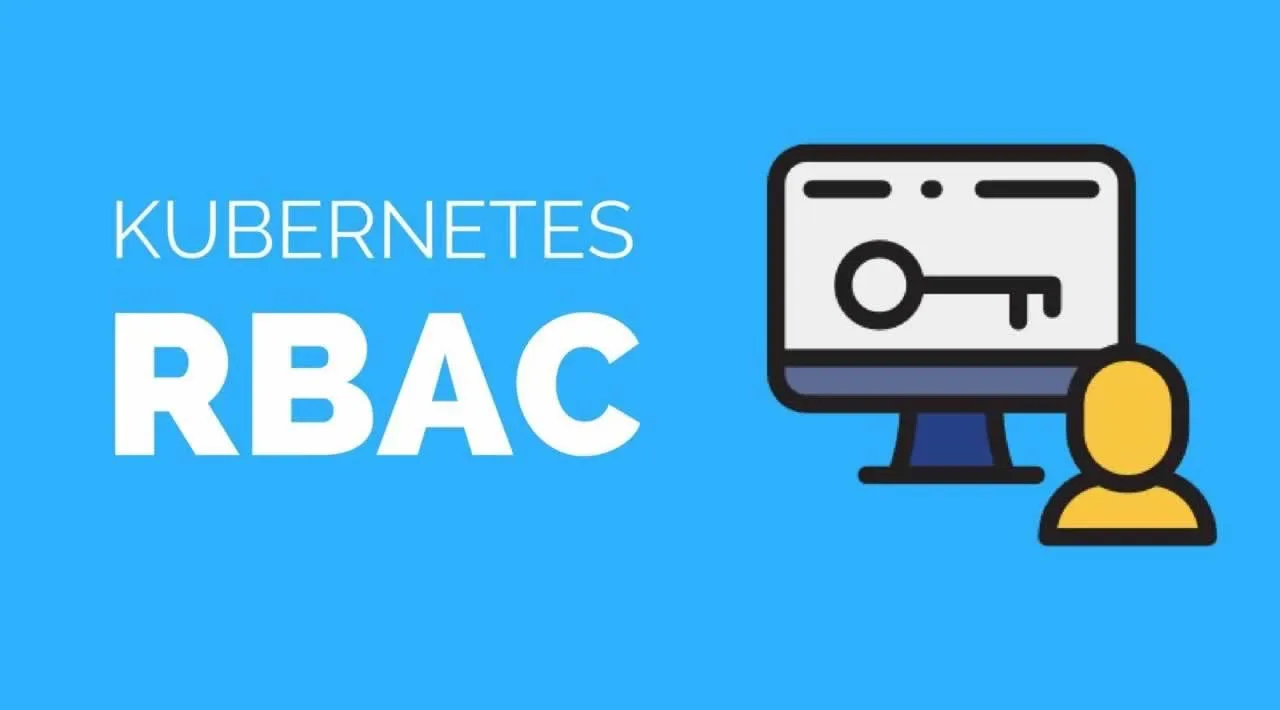Kubernetes doesn’t maintain a database or profiles of users and passwords. Instead, it expects it to be managed outside of the cluster. The role of RBAC is to authorize the requests. We will be creating a pod read-only user (Service account) which can get, list, watch any pod in selected namespaces.
What is RBAC?
Role-based access control (RBAC) is a method of regulating access to a computer or network resources based on the roles of individual users within your organization.
RBAC authorization uses the rbac.authorization.k8s.io API group to drive authorization decisions, allowing you to dynamically configure policies through the Kubernetes API.
The RBAC API declares four kinds of Kubernetes objects: Role, ClusterRole, RoleBinding, and ClusterRoleBinding. You can describe objects, or amend them, using tools such as kubectl, just like any other Kubernetes object.
What is a Service Account?
In Kubernetes, service accounts are used to provide an identity for pods. Pods that want to interact with the API server will authenticate with a particular service account. By default, applications will authenticate as the default service account in the namespace they are running in. This means, for example, that an application running in the test namespace will use the default service account of the test namespace.
#devops #kubernetes #rbac
